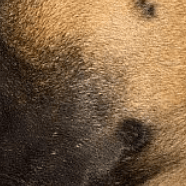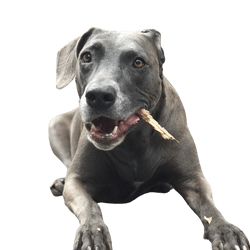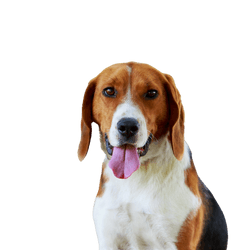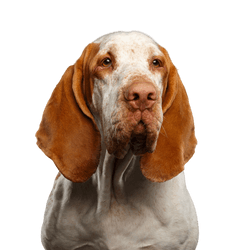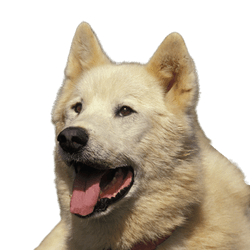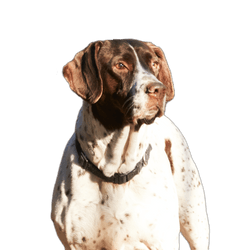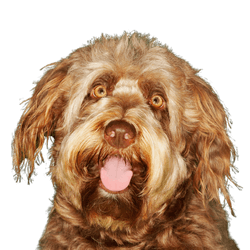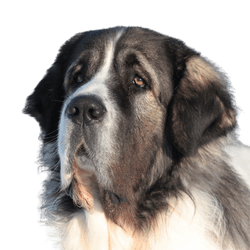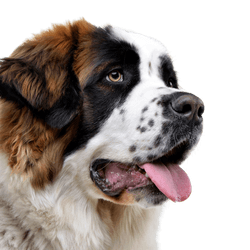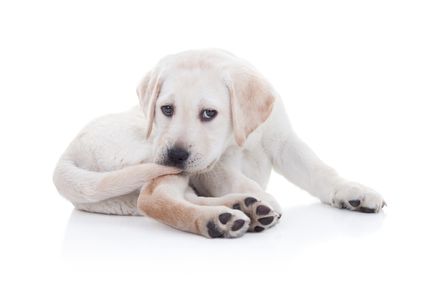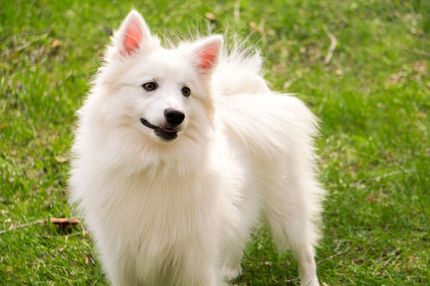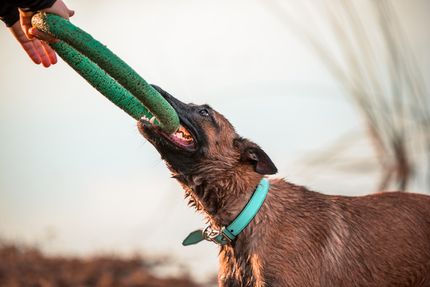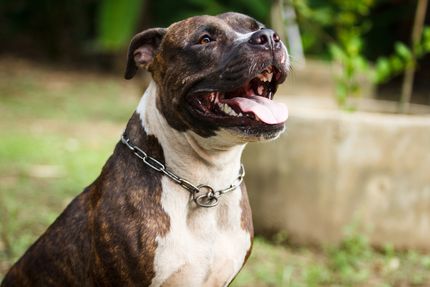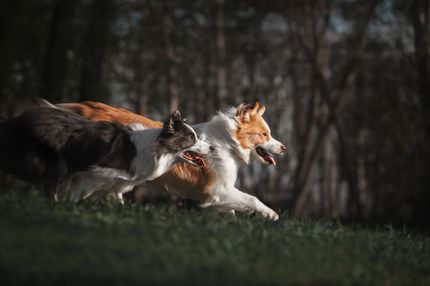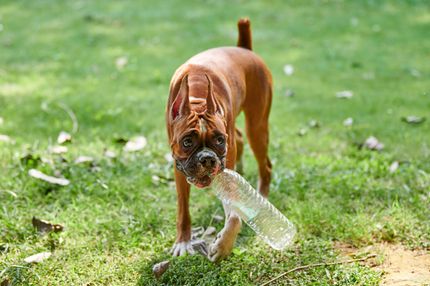Facts & Origin
Origin and history of the Malinois
The Malinois or Mechelaar is often colloquially referred to as the Belgian Sheepdog, although it is only one of four varieties of the Belgian Sheepdog. Other possible varieties are the Tervueren, the Groenendael and the Laekenois. They are distinguished mainly by the different textures of the coat. The Malinois has short fur, while Tervueren and Groenendael are long-haired and Laekenois are rough-haired.
The Malinois name is derived from the city of Mechelen in the Belgian province of Antwerp, which is called Malines in French and Mechelaar in Flemish, the Belgian Dutch. The correct Malinois pronunciation is far less known than the breed itself. Since it is a French word, Malinois is usually pronounced French, that is, with a silent "s": [ˈmælɪnˌwɑː].
The Belgian Shepherd Dog was not recognized as a breed until around 1900. This involved a number of cynologists, led by Professor A.Reul(lectureratthe veterinary school in Curegehm).He can be called the real pioneer and the founder of the breed. Since then, the four varieties have been bred in parallel or, at first, also with crosses. The typeandcharacter oftheBelgian Shepherd Dogwere finally fixed around 1910.
The Malinois is the best known and most popular of the Belgian Sheepdogs. He was originally used for varied work with flocks of sheep and cattle, and also served as a guard, draft, and driving dog, which expresses his intelligence and love of work, but also his physical ability.
Suitability and attitude
If you decide to get a Malinois, you should be aware that it is a dog that needs to be exercised physically and also from the head. A short walk is not enough to keep him active. However, if you are active and enjoy joint activities and sports, the Malinois will be a great and loyal partner.
Nowadays, the Malinois has become accepted as a working and service dog. Especially as a police dog and service dog for customs and gendarmerie he is now very popular and well known. Since he is not as massive as the German Shepherd, for example, and can therefore be more agile and faster, he has partially displaced this breed. Because of his extraordinary athletic qualities, he is very popular and successfully used in dog sports such as agility, flyball, obedience or dog dancing.
When exercised physically and mentally, the Malinois is also a great family dog that is playful, cuddly, and bonds strongly with his family.
Listed dog Malinois
In Switzerland (Glarus and Ticino), the Belgian Shepherd is on the list of potentially dangerous dogs. Thus, the keeping of this dog breed there requires a permit.
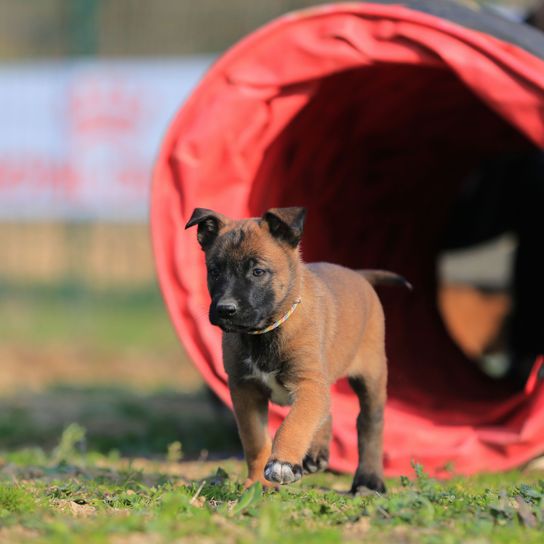
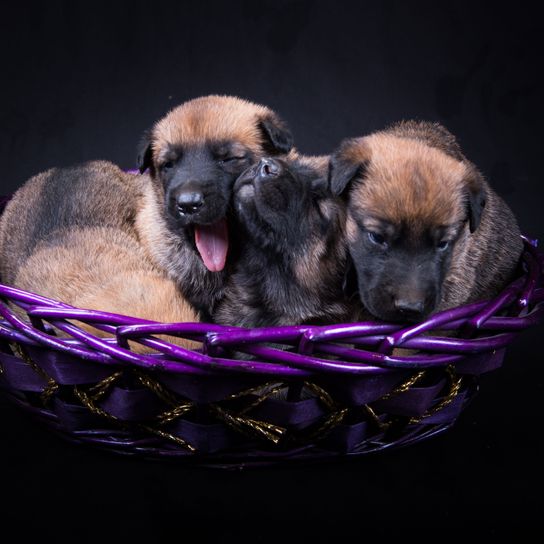
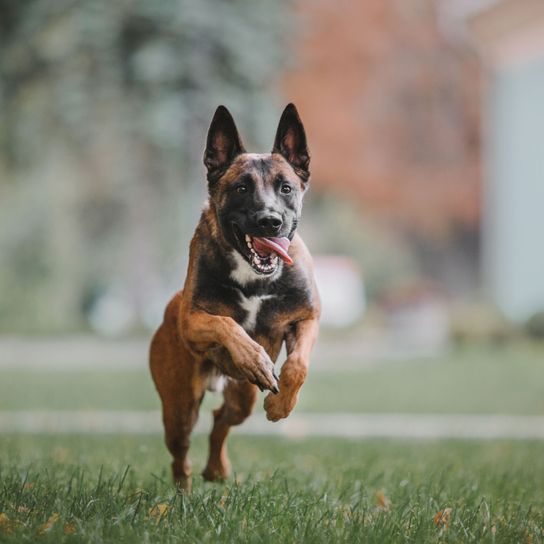
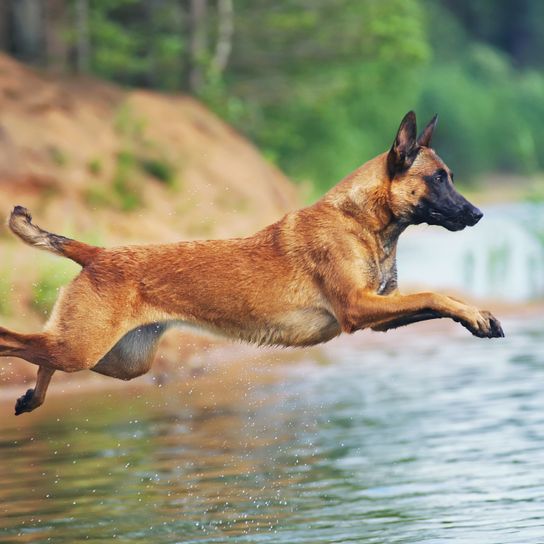
| Alternate Name | Machelaar |
| Origin | Belgium |
| Life expectancy | 12 - 14 years |
| Care requirements | low-maintenance |
| Activity level | high |
| FCI group | Sheepdogs |
| AKC group | working group |
| KC group | working group |
Malinois mixes
Attitude, character and temperament of the breed
Typical character traits of the Malinois
The Malinois, alert but stout-hearted, is by nature extremely lively and eager to work. He defends his master and yard instinctively and passionately, making him an alert and good watchdog. He also performs other tasks with dedication and very quick reactions. However, his temperament can get the better of him if he is not given tasks that stretch the intelligent dog.
Even though the Malinois has a relatively low stimulus threshold, he is neither fearful nor aggressive. However, he is considered the most powerful representative of the Belgian Shepherd Dog.
Character
Usage
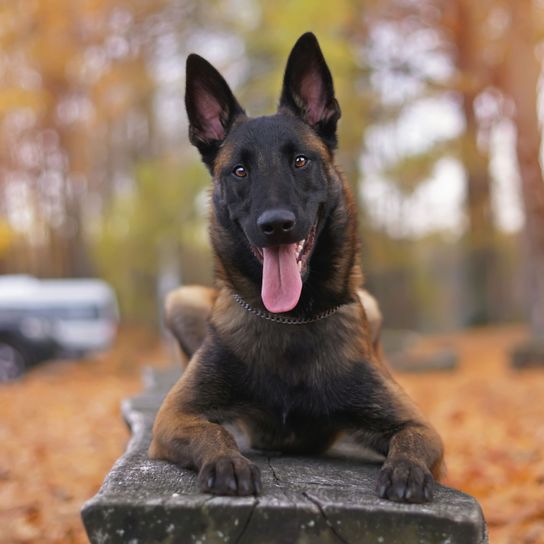
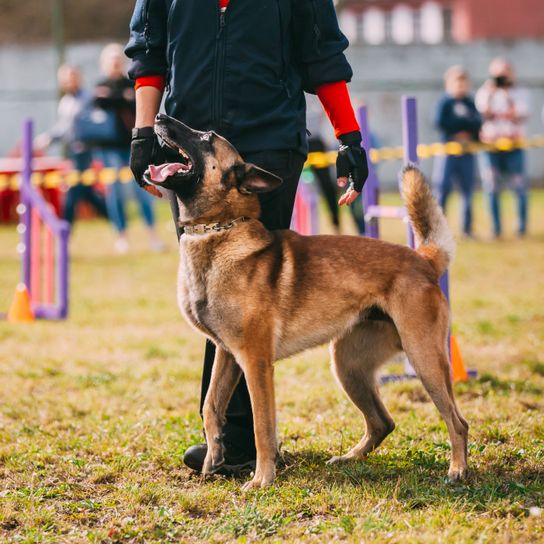
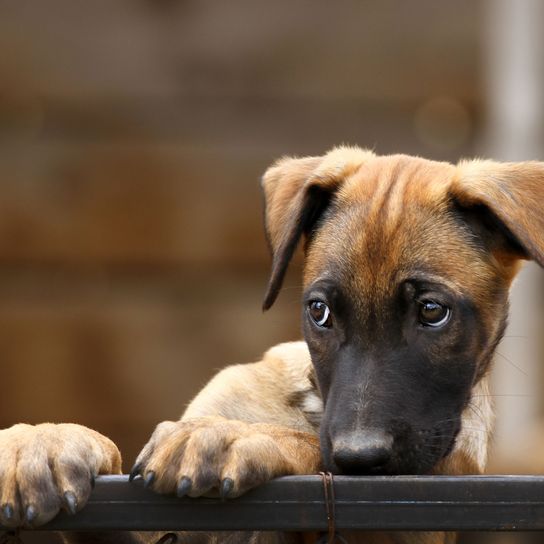
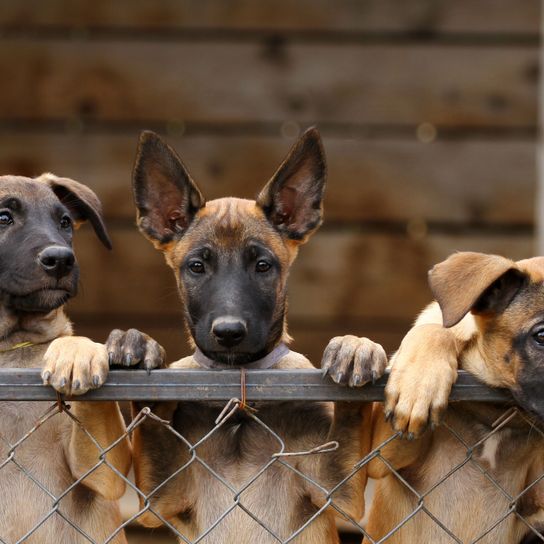
Breed diseases of the Malinois
The Malinois belongs to the relatively robust dog breeds, which were not generally overbred. Despite its size, it can easily reach an age of up to 16 years. Nevertheless, due to the frequent sporting performances and stresses in old age, signs of wear and tear of the joints and the like can occur.
Specifically for the shorthair variety, elbow dysplasia is more frequently described.
Malinois breeding, purchase and adoption
All reputable Malinois breeders are concerned about a consolidated nature of their dogs. They especially emphasize a neither fearful nor aggressive character and a good socialization of the puppies. If you want to buy a Malinois, you should get detailed information about the breeder beforehand to avoid overbred, sick and not well socialized puppies.
This dog breed is often underestimated and therefore many owners are quickly overwhelmed. Therefore, there are also several organizations and associations that mediate found or shelter dogs or Malinois that are given away for other urgent reasons.

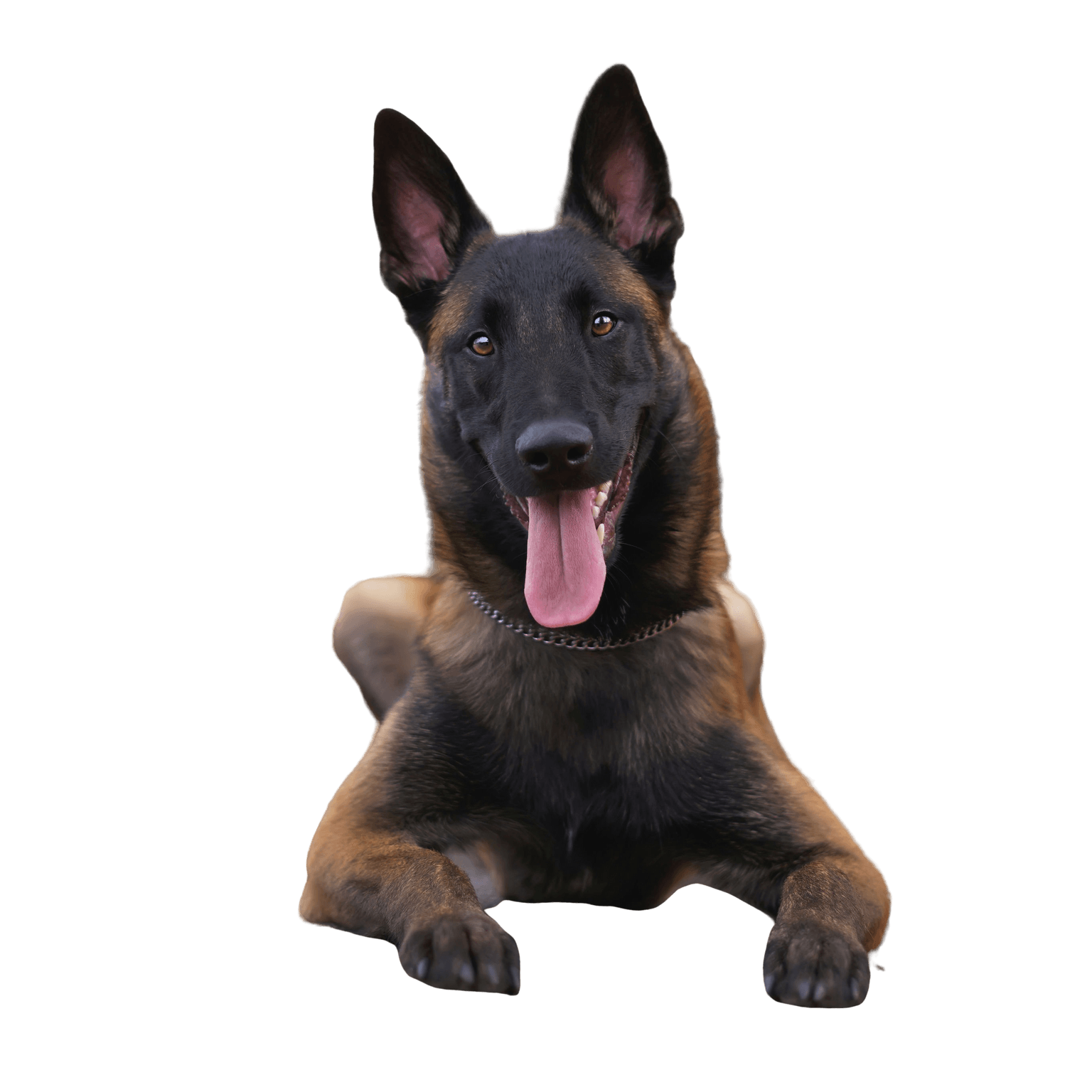
Breed characteristics of the Malinois
Just like the other three varieties of the Belgian Shepherd Dog, the Malinois is recognized by the FCI, the Fédération Cynologique Internationale. The FCI lists all four varieties under standard number fifteen, and in it they set the breed standard for Belgian Shepherds in terms of character and appearance. They are classified as Group 1 (Herding Dogs and Cattle Dogs (except Swiss Mountain Dogs)), Section 1 (Sheepdogs). The breed standard requires a working test.
The average desired height, measured at the withers, is 58 cm for bitches and 62 cm for males. Deviations of 4 cm up and 2 cm down are tolerated. In relation to its height, the Malinois is a relatively slender and light dog: the desired weight is between 20 and 25 kg for bitches and between 25 and 30 kg for males.
The gait
Constantly on the move, the Belgian Shepherd seems tireless. His gait is fast, elastic and lively. He is capable of a sudden change of direction at full speed. As a result of his exuberant temperament and due to his guarding and protective instincts, he clearly tends to move in circles.
The movement is lively and free in all gaits. The Belgian Shepherd shows a good canter, but the common gaits are the walk and especially the trot. The limbs move in a plane parallel to the axis of the body. At high speed, the paws approach the center line. The trot is medium ground covering; the movement is even and light-footed, with good drive from the hindquarters, keeping the topline firm and not lifting the forelegs too high.
The head
Carried high, the head of the Belgian Shepherd Dog must not be excessively long. It is straight in its lines, well chiselled.βelt and dry.Skull and muzzle and muzzle are approximately equal in length; the muzzle may be at most a little The muzzle may be at most a little longer, which gives the final touch to the overall appearance.
The skull isof medium width, in proportion to the length of the head and has a flattened rather than rounded forehead with little pronounced frontal furrow.Seen from the side, the topline isparallel toanimaginaryline of extension ofthe bridge of the nose. Theoccipital crestshould be little developed, the stop moderately developed and the superciliary ridgesand zygomatic bone not prominent.
The muzzle
Belgian Shepherds have a black nasal sponge set on a medium length muzzle,well chiseled under the eyes . This graduallytapers towards the nose and has the shape of an elongated wedge. The muzzleopening should belarge and wide, i.e.when the muzzle is open the corners of the mouth aredrawn strongly backand the jaws are set wide apart . The associated lips are thin but tightly fitting and strongly pigmented.
Typical is the scissor bite.However, the pincer bite is also toleratedby sheepand cattle herders . At shows the absence of two premolars 1 (PM1) is permissible and of molars 3 (M3) is not considered. The cheeks are dry andrather flat, but well muscled.
The eyes & ears
FrommediumSizeβe,neithertodeeplyingstill slightly almond-shaped, the eyes are set obliquely and are brownish in color. color,wherebydarkcoloredEyesprefersare preferred.The eyelids are outlined in black.The gaze is open, lively, alert and inquiring.
The eyes are rather smallset high,clearly triangularinappearance . Theauricle is well curved in itself. Thepointed ears are carried firmly and erect and are set vertically when alert.
The trunk
The neck of this breed of dog, the nape of which is slightly arched, should be well set, somewhat elongated, fairly erect, well muscled and gradually broadening towards the shoulders. It has no dewlap.
The body is powerful without heaviness. The length of the body, measured from the point of the nose to the point of the buttock, is approximately equal to the height at the withers. The topline of the firm, short and well muscled back and the strong, equally short but reasonably broad loins leads straight over a pronounced withers and ends in a well muscled, only very slightly sloping and reasonably broad croup.
The chest, on the other hand, is not broad, but deeply descending. The ribs are arched in their upper part; seen from the front, the forechest is not very broad without being narrow. The lower line of profile starts below the ribcage and rises gently in a harmonious curve towards the belly, which is neither too filled out nor tucked up like a greyhound, but rises slightly and is moderately developed.
The tail
Well set on, the tail should be strong at the base and generally of medium length, that is, reaching at least to the hock, but preferably further down. At rest, it is carried hanging and shows a slight backward bend at its end at the level of the hock. In movement it is raised more, but not above the horizontal, with more pronounced curvature at the tip, but without forming a hook or deviating laterally.
The limbs
In general, the Belgian Shepherd Dog has a strong bone structure, but without heaviness. The musculature is dry and strong, the legs are vertical when viewed from any direction and are perfectly parallel when viewed from the front. The shoulder blade is long and sloping, tightly fitting and forming a sufficient angle with the long, suitably sloping upper arm, ideally 110-115°. The strong elbow should neither stick out nor be too tight and lead into a long, straight forearm. The very firm front tarsus is clearly defined, the front pastern strong and short, standing as perpendicular to the ground as possible or only very slightly tilted forward.
Seen from the side, the hind legs are vertical, seen from behind they are perfectly parallel. The upper and lower thighs of medium length are broad and strongly muscled, the stifle joint should be placed almost vertically under the hip and of normal angulation. The hock joint is deep, broad and muscled but moderately angulated. The short hind pastern is firm, dewclaws are undesirable.
The Belgian Shepherd Dog has rounded front feet ("cat feet"). The hind feet, on the other hand, may be slightly oval. The toes are arched and close together, the pads are thick and elastic, and the nails are dark and strong.
The coat
Since the length, direction of growth, appearance, and color of the coat vary amongBelgian Shepherds, this characteristic has been used as a criterion for distinguishing the four varieties of the breed: Groenendael,Tervueren,Malinois andLaekenois. The four varieties are judged separately and each is entitled to obtainaCAC,aCACIBorthecorresponding reserve awards.
The skin of this dog breed is elastic, but tightly fitting all over the body. The lips are-and eyelids are strongly pigmented. The coat must also bedense, close fitting and ofgood texture inall varieties.It should forman excellent protective coattogether with the undercoat.
The Malinois in comparison
The Malinois is short haired. In the Malinois, the hair on the head, on the outer surfaces of the ears and on the lower part of the limbs is very short. On the rest of the body it is short, more abundant on the tail and around the neck, where it forms a ruff. This begins at the base of the ears and extends to the throat. In addition, the back of the thighs is feathered by longer hair. The tail is spike-shaped with longer, protruding hairs towards the end, but does not form a flag.
In the Tervueren and the Malinois, the mask must be very pronounced and, if possible, enclose the upper and lower lips, the corner of the lips and the eyelids as one uniform black area. As an absolute minimum, the skin must be pigmented black in 6 places: both ears, both upper eyelids and upper and lower lip. In addition, in these two varieties, a black cloud is created by black colored hair tips, which shades the base color darker. This black shading always appears as "tinged" and must never appear in the form of large plates or of true streaks (strokes). In the Laekenois, the black tinge is less pronounced.
The Malinois occurs only fawn-black clouded with black mask. In all varieties, some white is permissible on the forechest and toes.
| Fur length | short |
| Fur | flat coated |
| Ear shape | Standing Ears |
| Tail | lang |
| Anatomy | sporty |
| Size ♀ | 56 - 61 cm |
| Weight ♀ | 25 - 30 kg |
| Size ♂ | 61 - 66 cm |
| Weight ♂ | 29 - 24 kg |
| Suitable For | - |
Colors



FAQ
-
The Malinois is considered dangerous in Switzerland and is on the list. He is not a fighting dog.
-
With good, very regular exercise and a lot of dog sports or agility, the Belgian Shepherd can also be suitable as a family dog. In principle, however, he is a working dog.
-
A Belgian shepherd, specifically the Malinois, can even go up to 2000 euros.
-
No, the Malinois is not suitable for beginners. If he is not given enough exercise, he can quickly develop behavioral disorders.
-
Nowadays, the Malinois has established itself as a working and service dog. In addition, he also shows very well in TrickDogging, DiscDogging and other dog sports.
-
Yes, the Malinois is considered a healthy dog breed.
-
The Malinois is a Belgian dog breed that was originally used for shepherding and as a guard dog. They are intelligent, active, hard-working and highly trainable, making them a popular choice for police and military operations, as well as service dogs for the blind and other people with disabilities.
-
A dog is not automatically dangerous just because it belongs to a certain breed.







